“It is not just about the buildings, it is not just about the bricks and mortar of a home. People who suffered that night are having to rebuild their lives.”
At Prime Minister’s Question Time this week, Theresa May’s words were well crafted and skilfully delivered. She sounded, whisper it, human.
She went on: “We are doing everything we can to see that the survivors of Grenfell get the homes and support that they need – and the truth and justice that they deserve.”
One long year after Grenfell Tower was first consumed by flames, May finally seems to be hitting the right tone as she puts residents’ and their families first.
But as the country remembers the dead, her critics also remember the Prime Minister’s own ill-judged reaction to the events of June 14, 2017.
In those crucial hours after the blaze, May certainly saw the darkest days of her tortured premiership, several former and current staff have told HuffPost.
But in the year since, May has confounded expectations to survive a turbulent year that saw the Windrush scandal, Cabinet resignations and bitter Brexit divisions.
Twelve months since her infamous, almost inexplicable, failure to meet local people affected by the fire, she and those around her know she’s still making up lost ground on Grenfell.
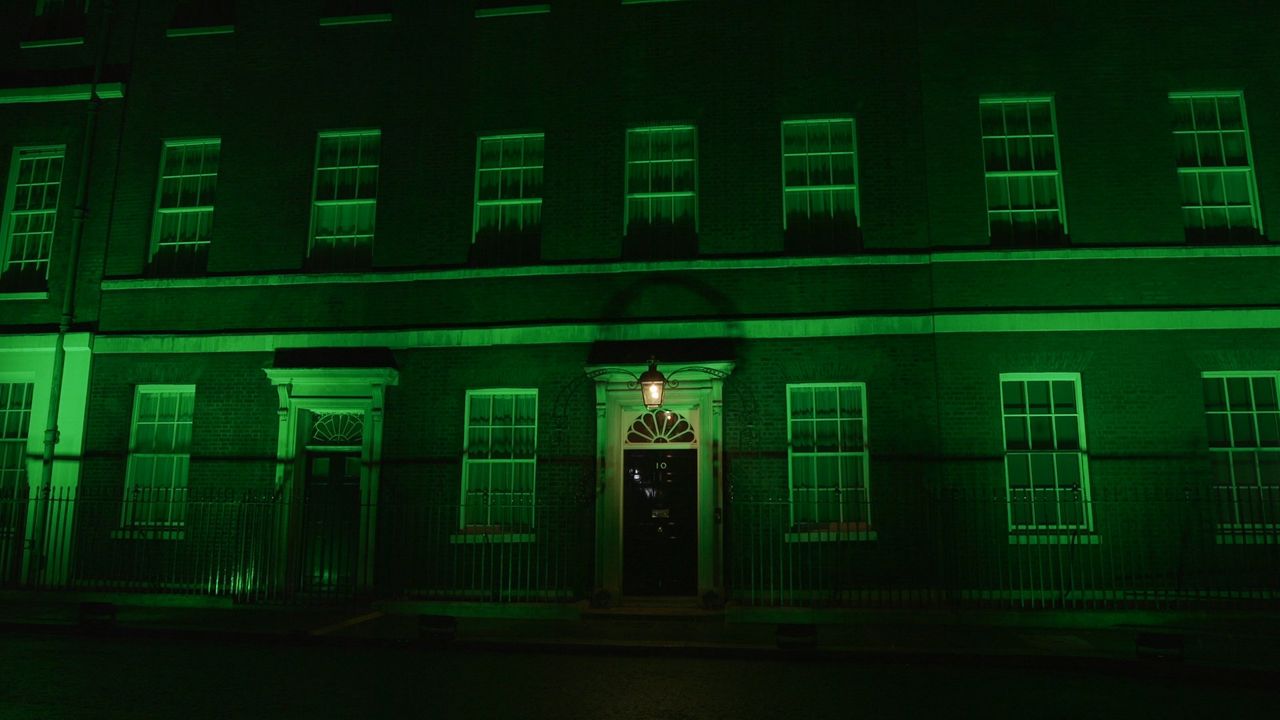
The PMQs on Wednesday were part of a carefully orchestrated series of events of commemoration. Overnight, Downing Street and other Government buildings were lit up Grenfell green, the colour of renewal and rebirth.
HuffPost understands that the PM has ordered all Government business to be cleared for the day and for Friday, as the nation remembers that the awful events that claimed the lives of 72 people who perished in the blaze.
Following consultation with residents, a planned announcement on fire safety and cladding policy has been shelved.
May went this week to the Al Manaar mosque near Grenfell, where she donned a headscarf and joined worshippers observing Ramadan as they broke their fast. In private, she spoke directly to survivors of the fire.
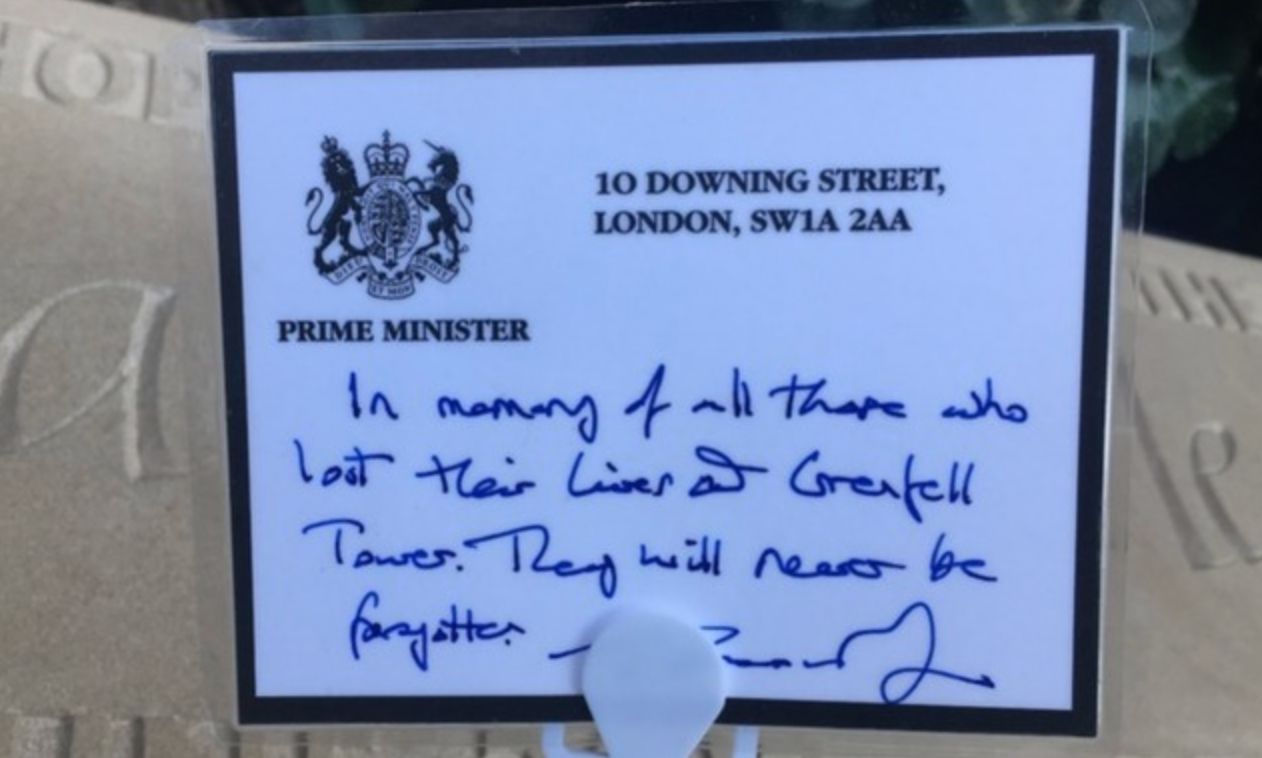
It was that contact with local people that mattered most. The PM began the week by confronting head-on the main criticism of her conduct a year ago: that she failed to meet any of the residents or bereaved families when she visited the site of the tragedy.
“What I did not do on that first visit was meet the residents and survivors who had escaped the blaze,” she wrote in the London Evening Standard. “Residents of Grenfell Tower needed to know that those in power recognised and understood their despair.
“And I will always regret that by not meeting them that day, it seemed as though I didn’t care.”
It was a gruelling run of events for the PM. The humiliation of her snap election disaster had happened just the week before. The loss of her Commons majority, and along with it her two chiefs of staff Nick Timothy and Fiona Hill, was still raw.
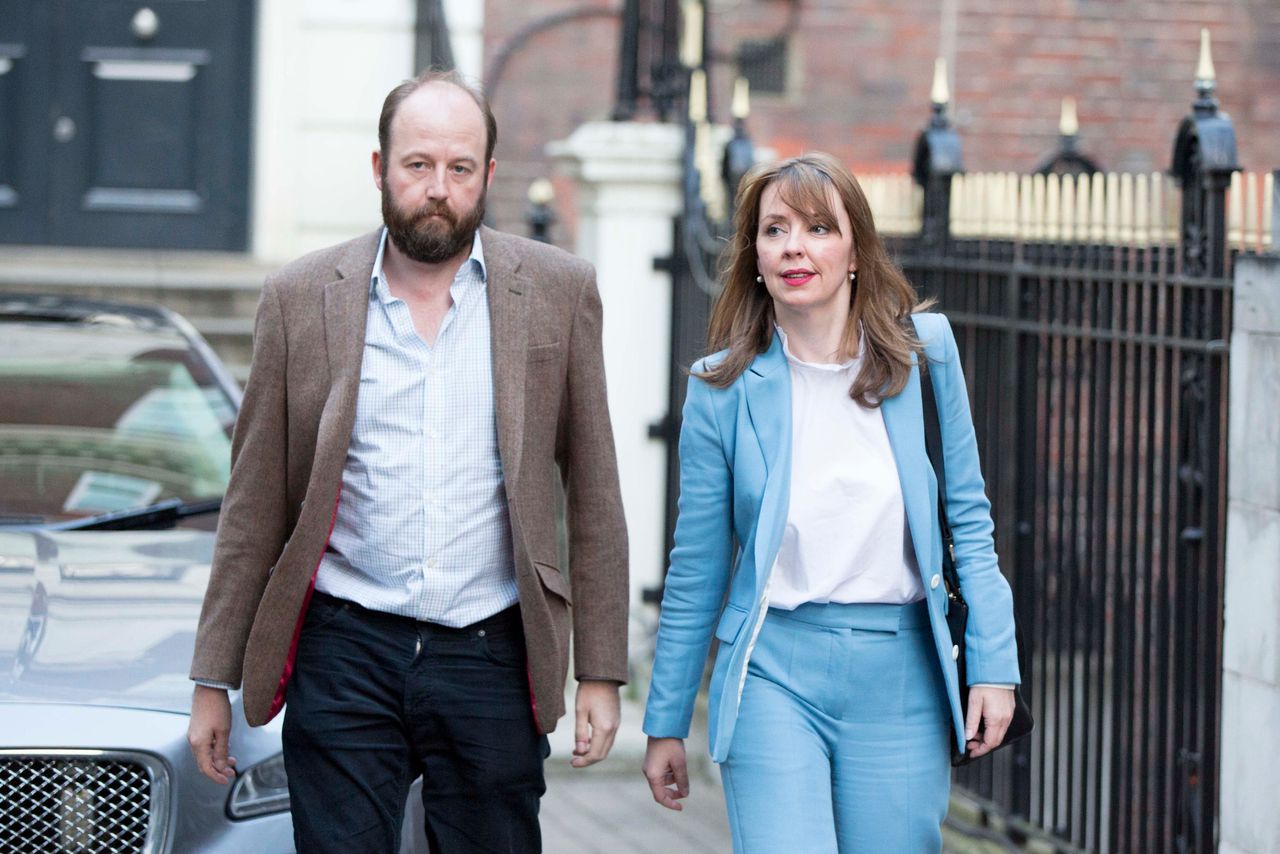
Her new chief of staff, Gavin Barwell, had been in post for just five days when the fire broke out. And, as a former housing minister with responsibility for fire regulations, he seemed instantly hamstrung by his past.
Paul Goodman, the former Tory MP who edits the ConservativeHome website, says the lack of a support network exposed May as never before.
“Downing Street was effectively rudderless at the time,” he says. “Nick Timothy and Fiona Hill had resigned only a few days previously. Without a new team in place to advise her, Theresa May seems to have fallen back on her instincts, which were: play safe.”
One insider goes further. “People talk about ‘peak Corbyn’. But this was the moment of ‘Peak Fear of Corbyn’ in No 10. We’d just had the election debacle and here was this unpopular Conservative council and this awful disaster. They were in a major panic.”
A party staffer explains that the circumstances were indeed unprecedented. “Normally after an election, a Government’s main focus is a Queen’s Speech enacting the manifesto. We had to do that but we also had to deal with Brexit and a hung Parliament and the DUP. And then Grenfell happened. The PM just didn’t know how to react.”
May’s own stilted reaction to the events swirling around her were captured acutely in her much-criticised interview with Emily Maitlis for BBC’s Newnsight. One former aide said that was perhaps her lowest point.
With Kensington and Chelsea council overwhelmed and ill-prepared, other wider emergency contingencies kicked into place, but Downing Street looked as if it too was not in control. “As loathed as they were, you have to say that without Nick and Fi, No 10 seemed to collapse in on itself,” one source said.
Allies of the PM say much of the criticism is unfair. They deny there was any panic and that May grasped quickly how huge the scale was of the work that needed to be done.
May’s supporters point out there was a febrile atmosphere in the wake of the election and from the attacks on her it felt as if the gloves were still off.
Yet some claim it was Cabinet Secretary Sir Jeremy Heywood on whom she most relied in the days after the fire, arguing his innate civil service caution combined with May’s own risk-averse instincts to leave the Government looking leaden-footed.
“It wasn’t just Kensington and Chelsea that had a ‘computer says no’ approach, it was Whitehall too,” one of those involved at the time said.
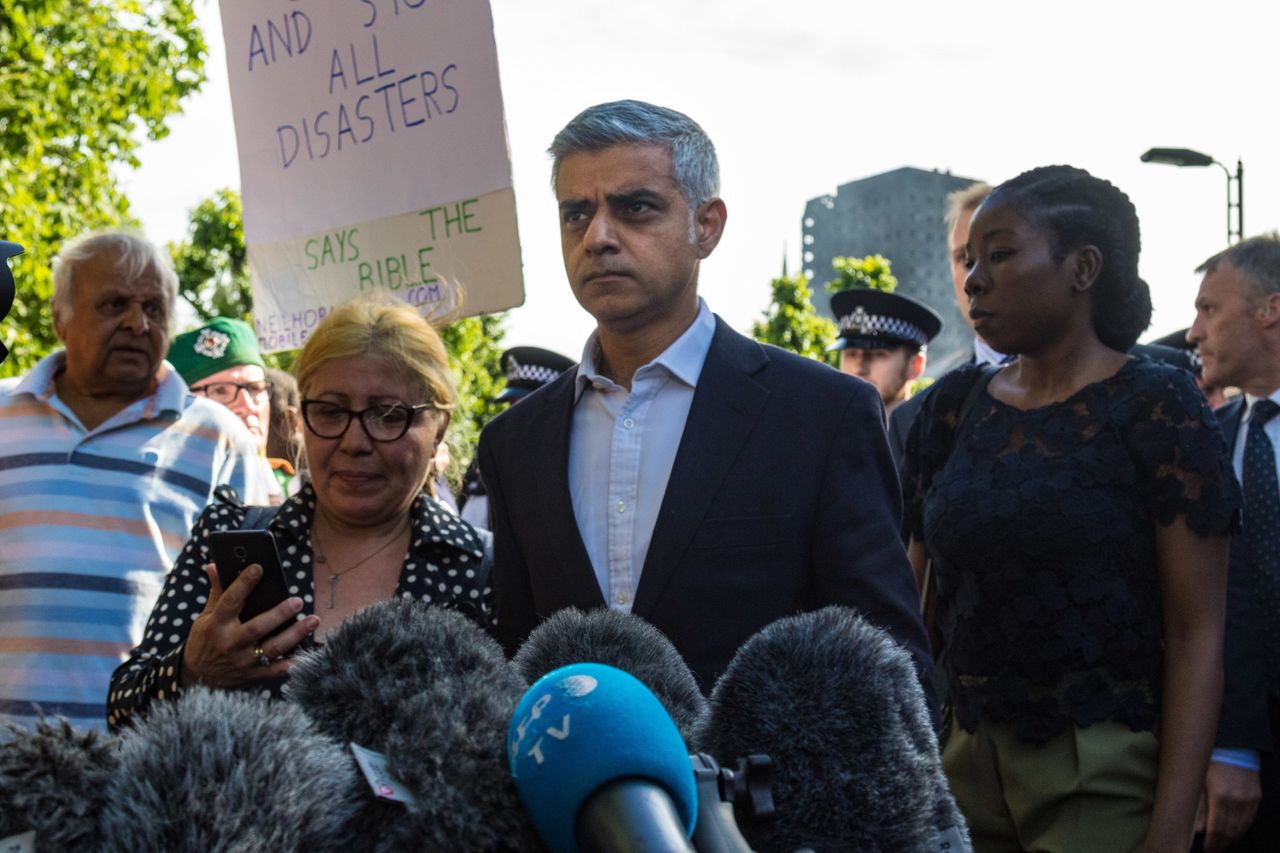
It was clear that May should visit the site near Grenfell, yet concern for her personal safety seemed the priority.
One party staffer says that a key factor may have been footage of the raw anger near the tower. Aides were particularly struck by live TV footage of the usually popular Sadiq Khan. The London Mayor was heckled by a young boy: “How many children died? What are you gonna do about it?”
“And that was the Labour Mayor of London. We had just come out of a general election in which our main pitch was to white working class voters. Here were Londoners, who knew all about ‘hostile environments’ under this former Home Secretary.
“But she should still have met local residents. She knew afterwards she’d made a mistake and had got it wrong.”
The force of the anger in west London was undoubtedly strong. When Jeremy Corbyn made his own visit to the area, he put his arm around one resident. “Theresa May was here but she didn’t speak to any of us,” another local told him at the time. “She was sh*t.”

Katie Perrior, who was the PM’s communications director until she quit before the snap election, said: “I genuinely think that with an absence of key advisors close to Theresa May at the time of Grenfell it was a case of the PM relying too heavily on senior civil servant advice.
“That advice was probably well-intentioned, but focused on protecting the PM instead of the need to emotionally connect with the victims that day.
“It will serve as a future case study of how not to do it – one wrong move can literally take months to rebuild and words alone will not cut it”.
One former insider is more blunt. “There was no one with the emotional intelligence to get a grip of the situation and say ‘people have died, you need to go there and meet people Prime Minister’.”
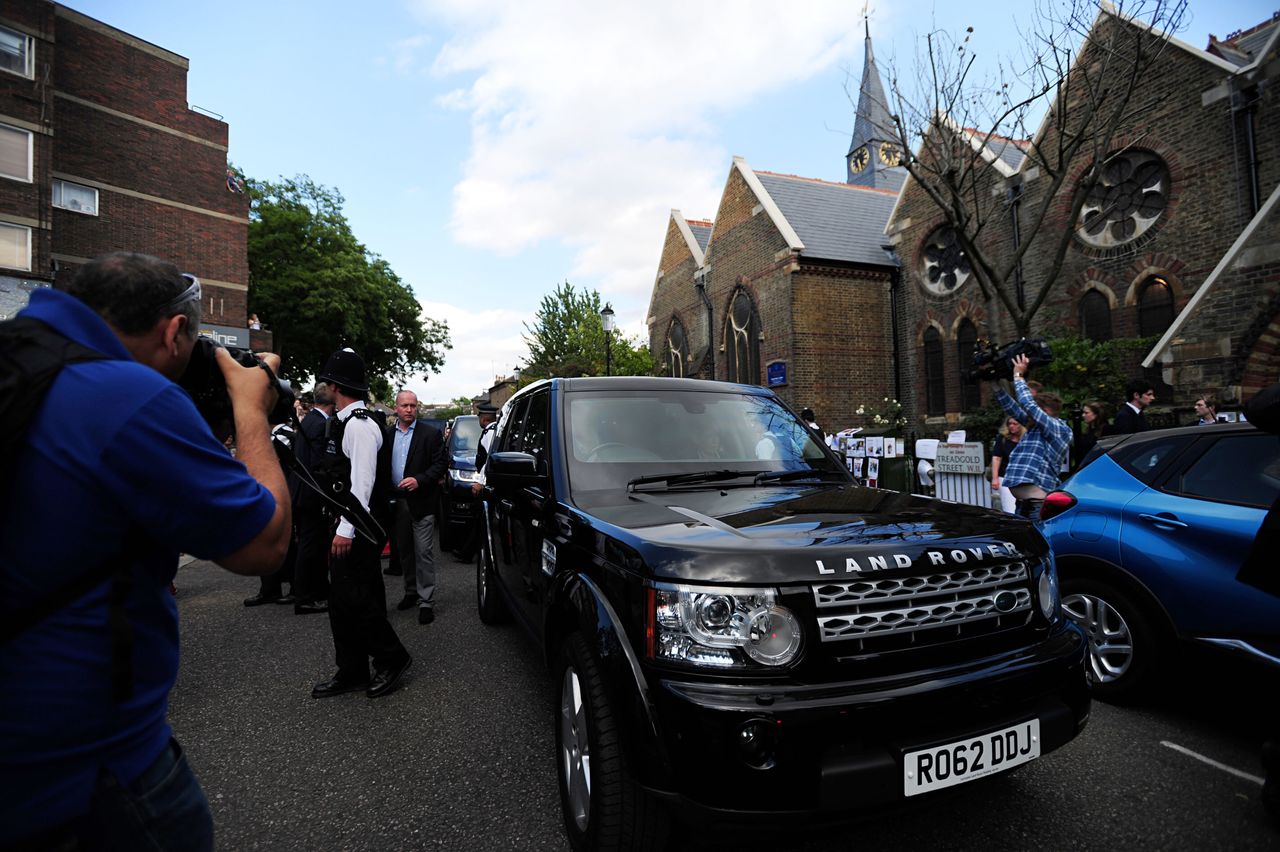
The sense of a PM under seige came when May visited St Clement’s church, and had to be whisked away under heavy police protection.
Her allies insist that she had frequently made private visits in other sensitive situations and is as moved as anybody would be when she sees suffering.
Meetings with Grenfell groups have been, at request of the community, not publicised in advance.
The PM has admitted she should have met local groups but her defenders say she was very quickly engaging with them soon after that, at the church and then back at Downing Street and regularly thereafter. She’s still in contact with all of those people she met then.
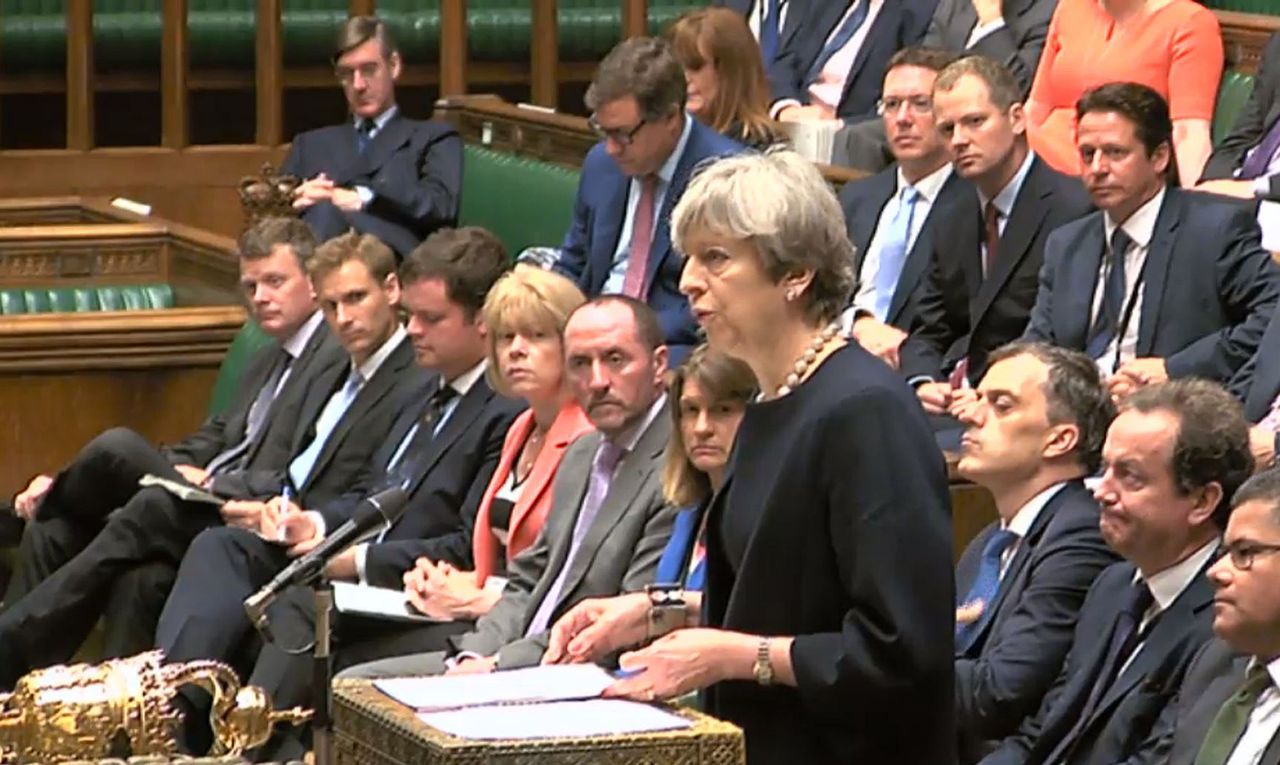
Her PMQs words this week reflected the understanding she had, thanks to that engagement. May knows what the residents are facing precisely because she speaks to them, friends say.
The number of people being housed has steadily gone up, though some remain without permanent accommodation. A combination of Ramadan, GCSEs and the anniversary itself have meant that some people don’t want the upheaval of moving to a new home right now.
Back in 2017, others, including Communities Secretary Sajid Javid and his housing minister Alok Sharma, didn’t escape criticism either. Sharma turned up for a BBC Victoria Derbyshire special from the area and was shouted at by several local people.
He then sat down in the emergency rest centre and held an impromptu advice session that lasted the rest of the day. Within minutes, eight families had turned up telling him of their plight. He gave his personal mobile phone number to them all.
May learned to get more involved too. Officials in the Department for Communities and Local Government (DCLG) were appreciative when she paid a surprise visit to the staff, many of whom worked 18 hour days in the crisis, to praise their efforts.
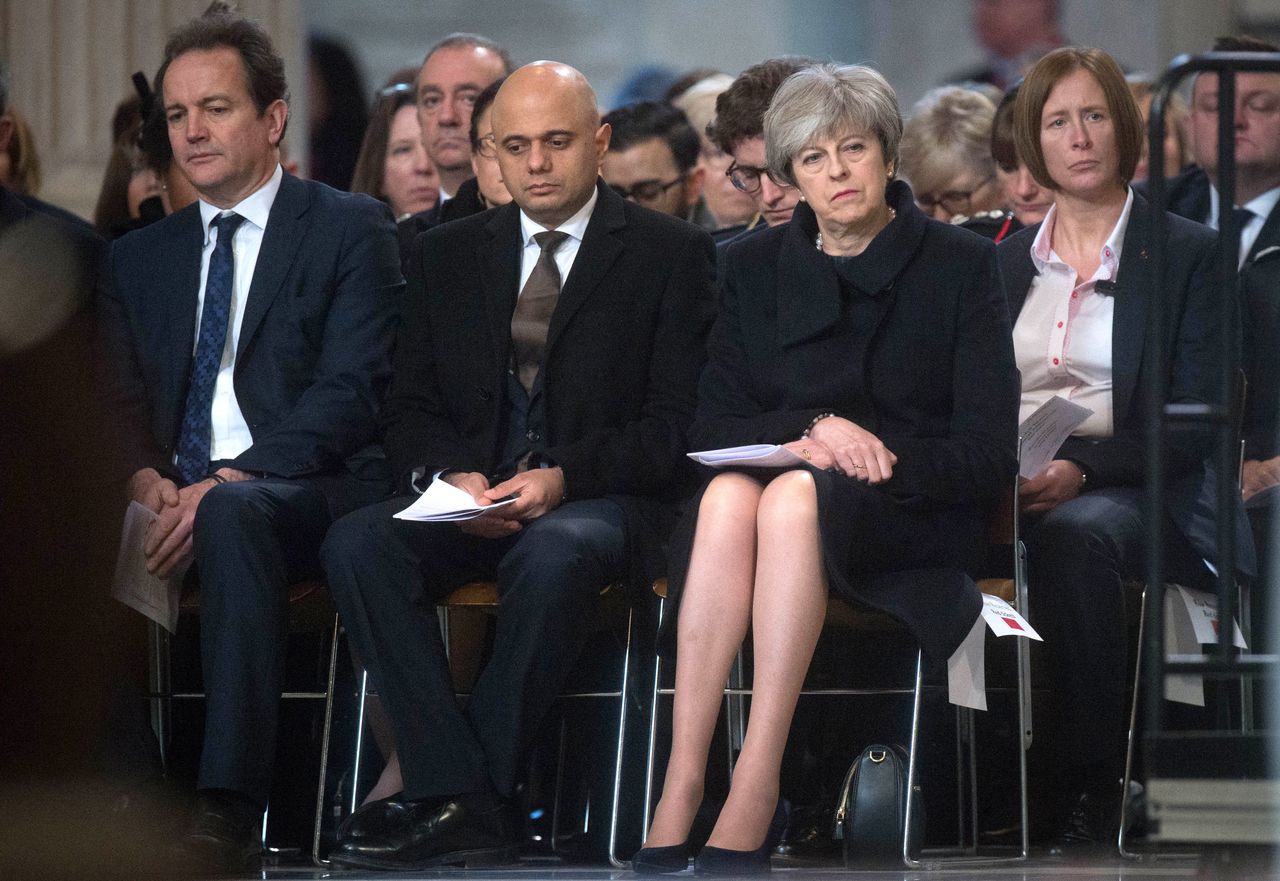
Her swift decision to set up a public inquiry, which made some civil servants nervous, showed she wanted to find answers as much as the public, aides said.
Yet at each step of the process over the past year, critics say that progress has been too slow. The inquiry panel was widened to include local representatives late in the day. The PM said she was ‘minded’ to ban flammable cladding, again only in recent weeks.
One Cabinet minister said that Timothy and Hill had tried to market May in the election as ‘a change candidate’. “The problem is she’s a continuity politician,” he said.
A former staffer said that Grenfell had laid bare the fiction that the PM was a decisive leader.
“Sometimes you need a politician to use their gut. She’s great on the detail, but you need someone who can inspire others. Grenfell really showed the Emperor has no clothes.
“I often had no idea what the PM really wanted on anything. She’s wholly unsuited to the job because she depends so much on others, rather than saying ‘I’m Prime Minister, this is going to happen’.”
May was again accused of showing a lack of empathy last month at a meeting with some survivors in No 10, as she accepted a painting by artist Demel Carayol.
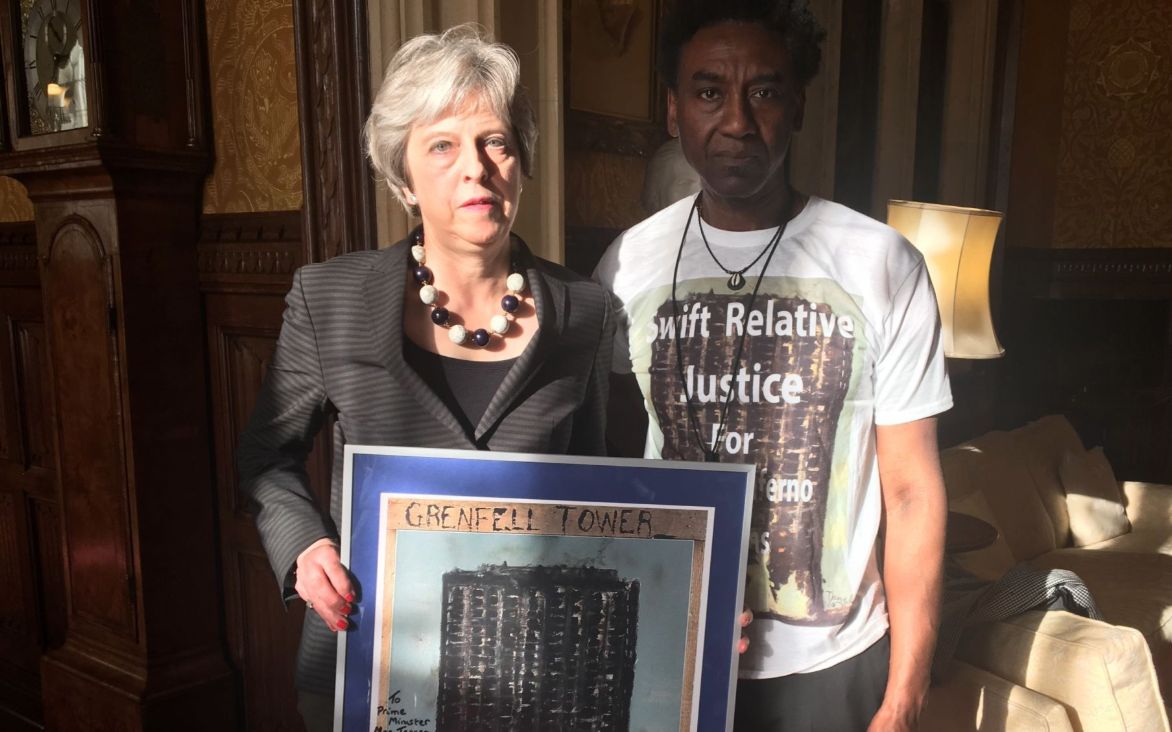
Nabil Choucair, who lost six members of his family in the fire, said he felt like the PM was “on another planet”. “It’s like we’re talking and it’s going in but then out the other ear,” he told SkyNews at the time.
One former insider says the reason May survived the depths of the Grenfell crisis is the same reason she has survived the entire year since: no one else wants to replace her yet.
“No one wants to have to deal with Brexit and everyone’s worried about letting Jeremy Corbyn in. The real damage is that the longer she is there, the greater to the Tory party’s brand. The brand is getting screwed. Everyone thinks we’re heartless, but we always had competence. With the trains chaos they may now think we can’t even run anything.”
Others say husband Philip is the rock that kept her in No.10 despite the dark days of last year. He has taken to accompanying her on her foreign trips, from China to the G7 in Canada. When a City colleague recently told May he was amazed at how his wife stuck with it, Philip is said to have replied: “We don’t have a choice, do we?”
Even May’s critics say that sense of duty is the real reason she’s still in post. One says: “You hear the public say ‘well you’ve got to give her credit, no one would do that job’. Or ‘she looks miserable, but can you blame her?’ Maybe that’s why her poll ratings are still not bad.”
Whether May ever gets any credit for what she’s done on Grenfell is still moot, despite her more assured tone. On Thursday, Jeremy Corbyn will be again closer to the people on the streets, taking part in the ‘Silent March’. Alongside the residents.
